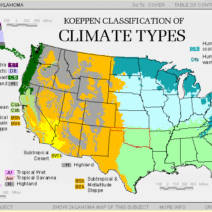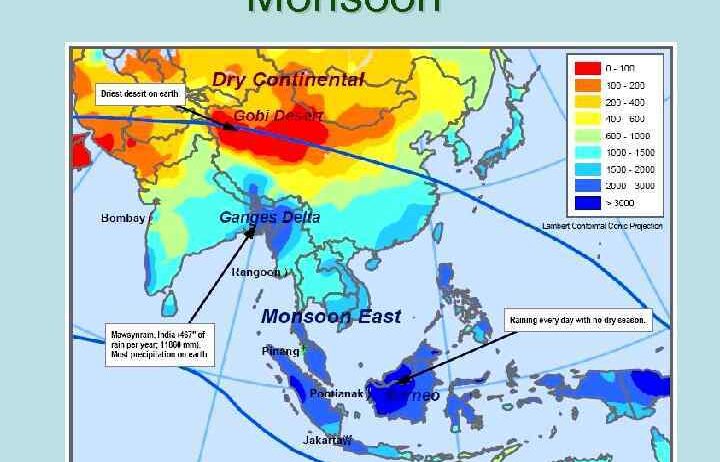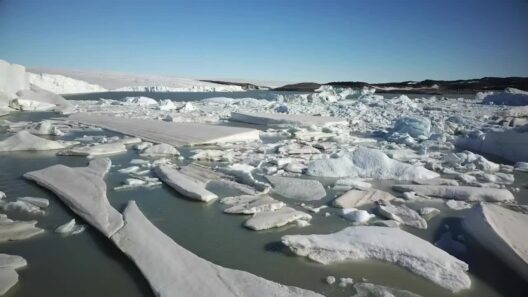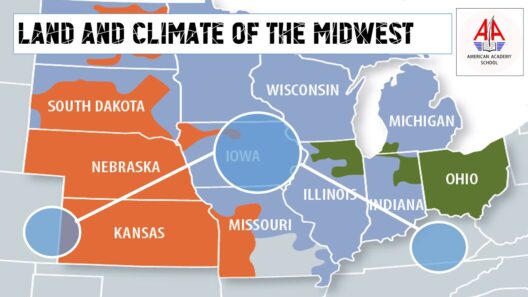China, the world’s third-largest country, boasts a fascinating and complex climate, a true mosaic that reflects its vast topographical diversity. From the frigid enclaves of Siberian-like climates to the temperate zones of southern provinces, China’s climate presents numerous variations influenced by geographical features, elevation, and monsoonal patterns. Understanding this climate is vital for assessing environmental policies, agricultural practices, and even urban planning in light of climate change. Throughout this discussion, we will analyze the distinct climatic regions found within China, the factors influencing these variations, and the implications for ecology and human activity.
China’s regional climate can be categorized primarily into four major climatic zones: the tropical, subtropical, temperate, and polar continental zones. Each of these zones plays a crucial role in shaping the environmental conditions across the nation.
The tropical zone, primarily located in southern China, experiences comparatively high temperatures and abundant precipitation. Regions such as Hainan and parts of Guangdong and Yunnan epitomize this climate with a relatively consistent temperature, averaging between 21°C to 28°C year-round. The season is significantly marked by the summer monsoon, which typically brings heavy rains between May and September, fostering the growth of lush vegetation and vibrant ecosystems. This wet season supports a plethora of plant species, including many endemic to the area, and plays a pivotal role in the local economy through agriculture, notably rice cultivation. However, climatic extremes such as typhoons can disrupt local livelihoods and cause devastating floods.
Transitioning into the subtropical zone, which primarily encompasses the regions of central and southern China, one can observe a slightly cooler and less humid climate. Here, provinces like Sichuan and Hunan enjoy harsh summers accompanied by substantial precipitation. Winters are mild, allowing for diverse agricultural practices, such as citrus and tea farming. Nonetheless, climatic variability poses challenges, and phenomena like droughts or extreme rainfall events catalyze significant socio-economic concerns, including food security.
As we ascend to the temperate zone, the climate exhibits a remarkable shift characterized by four distinct seasons—spring, summer, autumn, and winter. Areas such as Beijing and the majority of northern China are encompassed in this climatic classification where winters can be bitterly cold, with temperatures plunging as low as -15°C, while summers can soar above 30°C. The East Asia monsoon profoundly influences this zone, delineating wet and dry seasons. Rain in summer can result in flooding and waterlogging, which negatively affects crops and local infrastructure. The temperate zone also faces pollution challenges, largely attributed to rapid industrialization, which significantly impacts local climates and health outcomes.
Further north, one encounters the polar continental climate, where the Liaoning and Jilin provinces are situated. This climate is notorious for its cold winters and short, warm summers. Temperatures frequently plunge below -20°C during winter months, presenting challenges for human adaptation and economic activities. The growing season is notably brief, and agriculture is limited primarily to hardier crops and livestock farming. The rugged terrain and harsh conditions have shaped the local communities, fostering unique adaptations in agriculture and housing.
Beyond these primary zones, China is also affected by monsoons and specific microclimates induced by geographical features, such as mountain ranges and bodies of water. For instance, the Tibetan Plateau significantly influences the climate of the surrounding areas, creating a complex interplay of wind patterns and moisture distribution. The eastern Himalayas, alongside the Qilian Mountains, contribute to substantial climatic divergences, ushering colder climates into the otherwise warm regions.
An essential factor to consider when evaluating China’s climate is climate change. The nation is grappling with increasingly extreme weather patterns, and rising temperatures threaten its distinct zones. Predictions indicate a significant shift towards hotter and drier conditions in northern regions, while southern areas may experience more intense flooding. Such changes necessitate urgent adaptations in agricultural practices, urban design, and disaster preparedness strategies. The interaction between climate vulnerabilities and socio-economic factors also requires critical examination as some communities face disproportionate impacts.
Additionally, China’s vastness and the variability in climate zones result in diverse ecological systems. The flora and fauna across these regions are adapted to their specific surroundings, leading to rich biodiversity. This biodiversity is under threat from climate shifts, habitat destruction, and pollution. Protecting these ecosystems is paramount, not just for preserving the intrinsic value of nature, but for maintaining the essential services they provide to humanity, such as clean air, water filtration, and carbon sequestration.
The interplay between climate zones in China presents both challenges and opportunities. Various regions possess the capacity to adapt while facing unique obstacles from climate change. The government, along with local communities, must develop and implement sound policies that address these climatic concerns while fostering sustainable practices. Better urban planning, sustainable agricultural techniques, and enhanced investment in renewable energy could pave the way towards a resilient future.
In conclusion, the climate of China is a complex tapestry interwoven with distinct regional characteristics. From the tropical humid zones of the south to the harsh continental climates in the north, the diversity of climate presents unique challenges and opportunities. A comprehensive understanding of these climatic variations is essential for addressing the pressing environmental issues faced today. Strategies that consider the intricate relationships between climate, ecosystems, and human activities will be critical for mitigating the impending impacts of climate change across this vast nation.








